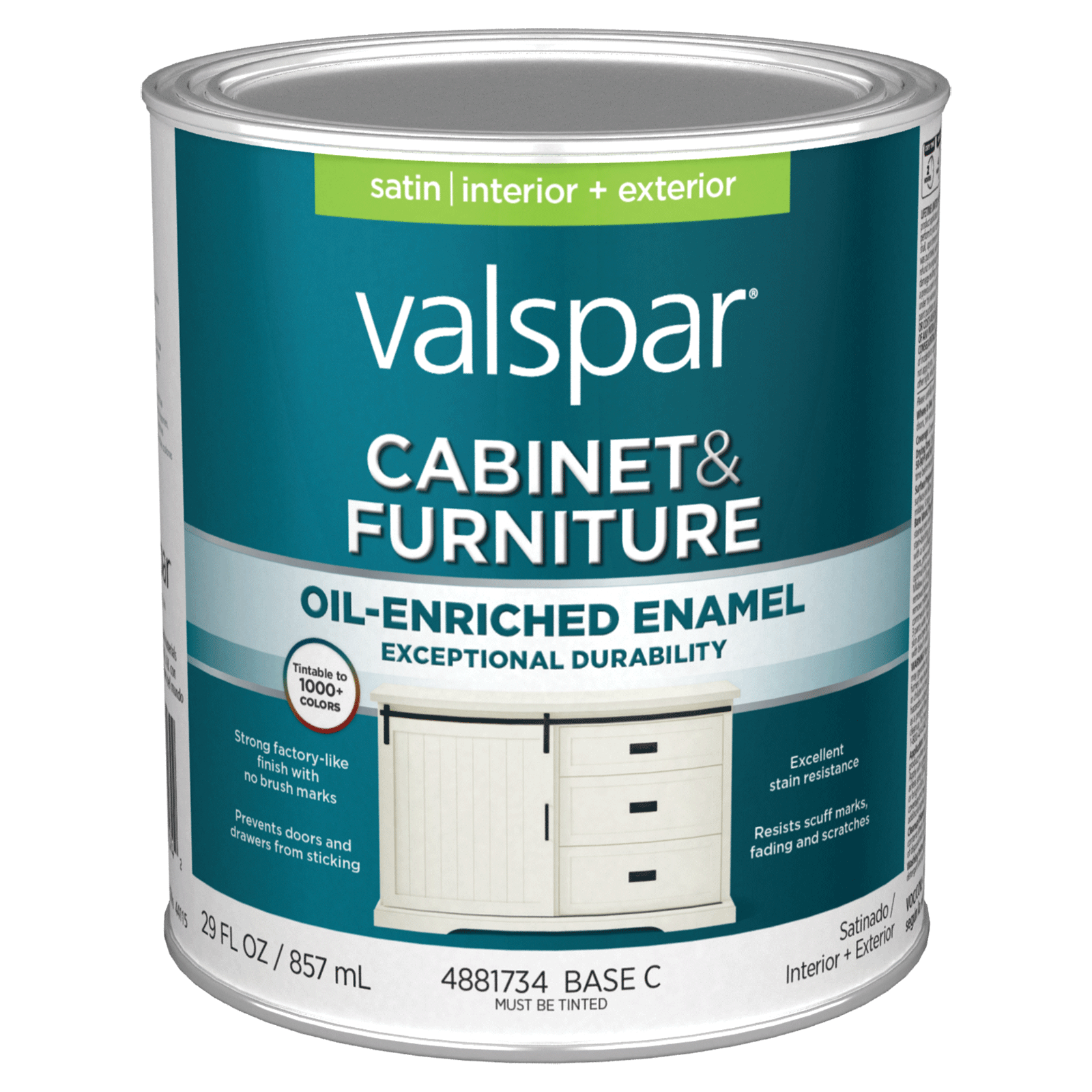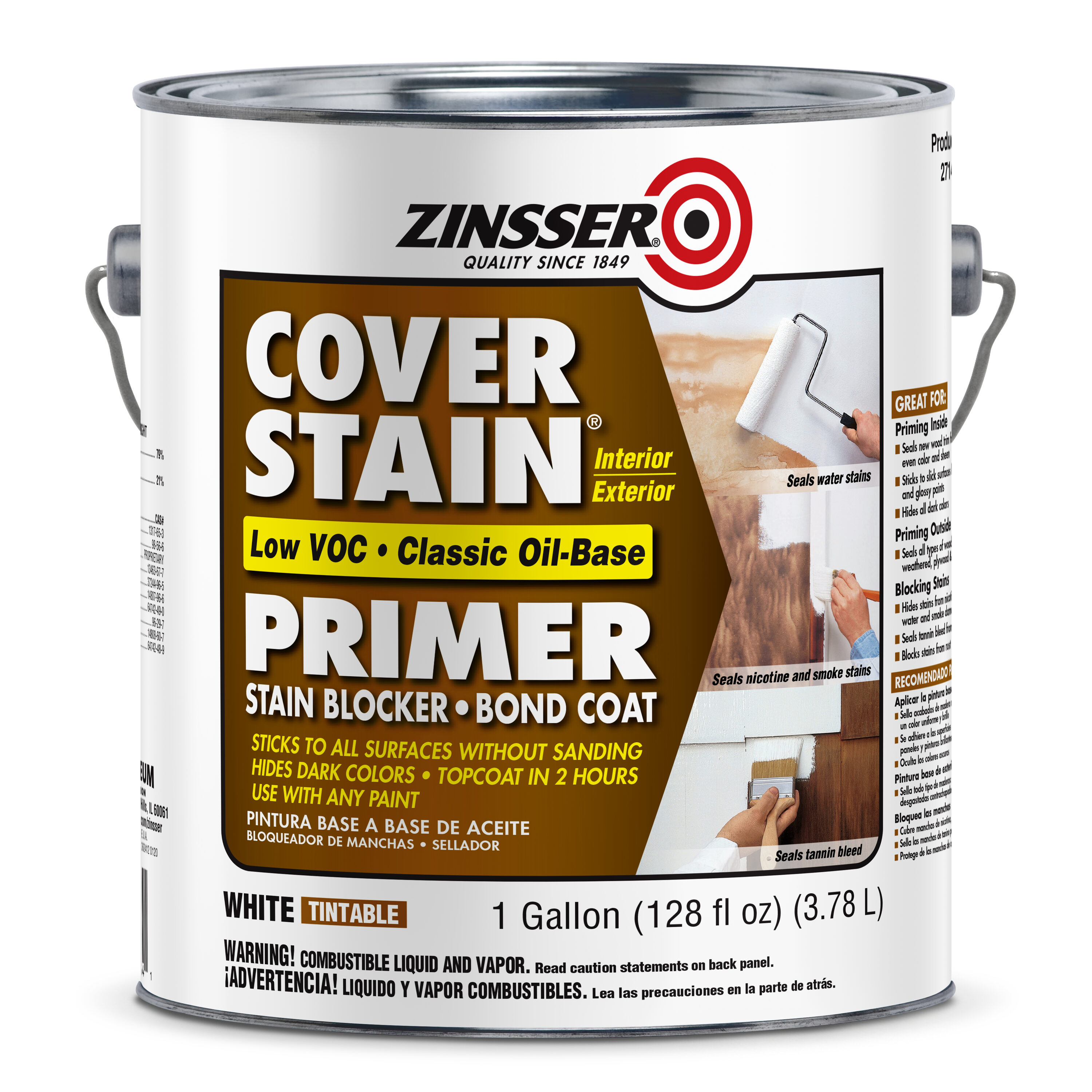Rustoleum Cabinet Paint at Lowe’s

Alright, so you’re thinking about giving your kitchen cabinets a makeover, huh? That’s ambitious! But don’t worry, with Rustoleum cabinet paint from Lowe’s, you can transform your tired old kitchen into something worthy of a magazine spread (or at least, Instagram worthy). We’re diving deep into this paint, exploring the options, the process, and avoiding the potential kitchen cabinet catastrophe. Think of me as your slightly sarcastic, yet helpful, DIY buddy.
Rustoleum Cabinet Paint Options at Lowe’s
Lowe’s stocks a decent range of Rustoleum cabinet paints, catering to different tastes and budgets. They’ve got options in various finishes – matte, satin, and gloss – each offering a unique look and feel. The color selection is pretty extensive too, ranging from classic whites and creams to bolder, more modern shades. You can find everything from a calming, farmhouse-chic grey to a vibrant, almost aggressively cheerful turquoise. The choice is yours, and frankly, a little overwhelming. But hey, that’s half the fun, right?
Comparison of Rustoleum Cabinet Paint Options
Choosing the right paint can feel like navigating a minefield of technical jargon. So, let’s break it down with a handy comparison table. Remember, these are general observations; your mileage may vary depending on the specific application and environmental conditions.
| Paint Type | Finish | Durability | Ease of Application | Drying Time |
|---|---|---|---|---|
| Rust-Oleum Cabinet Transformations | Matte, Satin, Gloss | High – designed for cabinets | Easy – smooth application | Varies by finish and temperature; check the can |
| Rust-Oleum Painter’s Touch 2X Ultra Cover | Various | Medium – good for general use, but may need extra coats on cabinets | Easy – good coverage | Relatively quick |
| Rust-Oleum Ultra Cover 2X | Various | Medium-High | Easy to Medium – might require more coats for cabinets | Moderate |
Preparing Your Cabinets for Painting
Before you even think about touching that paintbrush, proper prep work is crucial. This isn’t some quickie project; we’re talking about a potentially long-term commitment here. Skipping this step is like trying to build a house on a foundation of sand – it’s just asking for trouble. Trust me, your future self will thank you.
- Thoroughly clean the cabinet surfaces. Use a degreaser to remove any grease or grime. Think about all those years of spilled coffee and sticky fingers. Yeah, you need to deal with that.
- Sand the cabinets lightly to create a smooth surface and help the paint adhere better. This is like prepping the canvas before a masterpiece. Don’t go crazy, just a light sanding is enough.
- Fill any holes or cracks with wood filler and sand them smooth. Those imperfections will scream for attention once the paint is on.
- Apply a high-quality primer specifically designed for cabinets. This is not optional. Primer is the unsung hero of any successful paint job.
Application Techniques and Best Practices
So, you’ve got your Rustoleum cabinet paint from Lowe’s, huh? Think of it like this: you’re not just painting cabinets; you’re performing a delicate surgery on your kitchen’s soul. One wrong move, and you’re staring at a paint-splattered disaster. But fear not, my friend, because I’m here to guide you through this transformative process.
Proper application is key to achieving that showroom-worthy finish. We’re talking smooth, even coats that make your cabinets look like they just stepped out of a magazine, not a DIY mishap. Remember, patience is your best friend in this game. Rushing the process is a recipe for disaster.
Brush Application Techniques
Using a brush allows for precise control, especially in corners and intricate details. Choose a high-quality brush with synthetic bristles designed for use with latex paints. Load the brush with a moderate amount of paint, avoiding over-saturation. Apply thin, even coats, using smooth, overlapping strokes in the direction of the wood grain. Work in small sections, ensuring each area is evenly coated before moving on. Avoid heavy pressure, which can lead to brush strokes showing through the finish. For a super smooth finish, consider using a brush with a slightly angled edge for better reach and maneuverability in those tricky spots.
Roller Application Techniques, Rustoleum cabinet paint lowes
For larger, flat surfaces, a roller is a time-saver. Use a high-quality roller cover with a short nap (around 1/4 inch) for a smooth finish. Pour a small amount of paint into a paint tray, and roll the roller back and forth to load it evenly. Apply thin, even coats, using smooth, overlapping strokes. Avoid rolling back and forth over the same area repeatedly, as this can lead to streaks. Maintain a consistent wet edge to prevent lap marks. The secret here? A light touch and overlapping strokes, my friend. It’s about finesse, not brute force.
Spray Application Techniques
Spraying offers the quickest and potentially smoothest finish, but requires proper preparation and technique. Ensure proper ventilation and wear a respirator. Use a high-quality spray gun or aerosol can designed for cabinet painting. Hold the spray nozzle at a consistent distance (about 6-8 inches) from the surface, and apply thin, even coats, using a smooth, sweeping motion. Overlap each pass slightly, ensuring even coverage. Avoid spraying too heavily, as this can lead to drips and runs. Multiple thin coats are always better than one thick coat. Remember to practice on a scrap piece of wood first to get the hang of it.
Tips and Tricks for a Professional Finish
Before we dive into the specifics, remember this: preparation is everything. Proper surface preparation is the foundation of a beautiful finish. Take your time and do it right. The extra effort will pay off tenfold.
- Proper Surface Preparation: Clean cabinets thoroughly, removing grease and grime with a degreaser. Sand lightly to create a smooth surface and ensure proper adhesion. Fill any holes or imperfections with wood filler, and sand smooth. Apply a high-quality primer for better adhesion and a more even finish.
- Thin Coats are Key: Multiple thin coats are always better than one thick coat. Allow each coat to dry completely before applying the next. This prevents drips, runs and ensures even coverage.
- Maintain a Wet Edge: When rolling or brushing, maintain a wet edge to avoid lap marks. This means working in small sections and ensuring that the edges of each section are still wet when you apply the next section.
- Use a Quality Brush and Roller: Invest in good quality brushes and rollers designed for use with latex paints. Cheap tools will often lead to a poor finish.
- Sand Between Coats (if necessary): Lightly sanding between coats can help to create a smoother finish. Use fine-grit sandpaper (220-grit or higher), and sand lightly in the direction of the wood grain.
Common Mistakes and Solutions
Here’s a table outlining common cabinet painting blunders and how to fix them. Let’s avoid these pitfalls, shall we?
| Problem | Cause | Solution |
|---|---|---|
| Uneven Coverage | Insufficient paint, thick coats, poor application technique | Apply multiple thin coats, use proper application techniques, ensure even paint distribution. |
| Drips and Runs | Too much paint, incorrect application technique, paint too thick | Apply thin coats, use proper application techniques, use a less viscous paint or thinner if necessary. |
| Brush Strokes | Heavy pressure, poor quality brush, incorrect application technique | Use a light touch, use a high-quality brush, use smooth, overlapping strokes. |
| Lap Marks | Failure to maintain a wet edge | Work in small sections, maintain a wet edge. |
| Poor Adhesion | Insufficient surface preparation, unsuitable primer | Clean and prepare the surface properly, use a high-quality primer. |
Rustoleum Cabinet Paint vs. Competitors at Lowe’s: Rustoleum Cabinet Paint Lowes

So, you’re thinking of giving your kitchen cabinets a makeover, eh? Good on ya! But with a million paint brands staring back at you from the Lowe’s shelves, choosing the right one can feel like navigating a minefield blindfolded. Let’s cut through the clutter and focus on the contenders, shall we? We’ll be comparing Rustoleum’s offering against a couple of its main rivals, looking at price, ease of use, and, most importantly, how long that shiny new finish will actually last.
Rustoleum Cabinet Paint Compared to Behr and Benjamin Moore Cabinet Paints
Choosing the right cabinet paint is like picking a life partner – you need something that’s going to stick around. To help you decide, let’s compare Rustoleum’s cabinet paint to two other popular choices at Lowe’s: Behr and Benjamin Moore. The following table summarizes the key differences:
| Feature | Rustoleum Cabinet Paint | Behr Cabinet Paint | Benjamin Moore Advance Cabinet Paint |
|---|---|---|---|
| Price | Mid-range; generally affordable. | Mid-range; slightly more expensive than Rustoleum, often on sale. | High-end; significantly more expensive than both Rustoleum and Behr. |
| Ease of Use | Relatively easy to apply; self-leveling formula. | Easy to apply; good coverage. | Requires more skill; may need multiple coats for full coverage. |
| Quality/Finish | Durable, good finish; some users report minor chipping with heavy use. | Excellent durability and finish; known for its smooth surface. | Superior durability and finish; very resistant to scratches and wear. |
Longevity and Durability: Real-World Examples
Now, let’s get down to brass tacks – how long will this stuff actually last? Rustoleum’s cabinet paint, while generally durable, isn’t invincible. Think of it like this: it’s the reliable friend who’ll be there for most things, but might need a little TLC every now and then. I’ve seen it hold up remarkably well in a moderately busy kitchen for three years, with only minor touch-ups needed near the sink area from accidental spills. However, in a high-traffic area like a family kitchen with lots of little hands, some chipping might occur after a couple of years, especially on heavily used cabinet doors.
Behr, on the other hand, often shows superior durability in high-use kitchens. I once saw a friend’s kitchen, painted with Behr, that endured five years of chaotic family life with minimal wear and tear. It was still looking fresh, with only the occasional minor scuff mark that was easily buffed out.
Benjamin Moore’s Advance, the heavyweight champion, tends to be the most durable. It’s the kind of paint you’d use if you’re expecting a nuclear apocalypse, and your cabinets need to survive. It’s seriously tough stuff, resisting scratches and chips better than the other two. Think of it as the Rolls Royce of cabinet paints. The initial investment is higher, but you’re paying for unparalleled longevity. One could argue that, in the long run, the cost-per-year is comparable.
